November 7, 2017 – IEEE Milestone ceremony celebrating the Development of CDMA for Cellular Communications by Qualcomm hosted by the IEEE San Diego Section.
On 7 November 1989, Qualcomm publicly demonstrated a digital cellular radio system based on Code Division Multiple Access (CDMA) spread spectrum technology, which increased capacity, improved service quality, and extended battery life. This formed the basis for IS-95 second-generation standards and third-generation broadband standards that were applied to cellular mobile devices worldwide.
In the late 1980s, the ability to service multiple subscribers within a single channel was accomplished in the second generation of cellular (“2G”) with a technology called time division multiple access (TDMA). In this technique, a radio channel was divided into time slots and assigned to multiple users. Within an assigned time slot, only a single user utilized the channel. However, the switching across time slots was done so quickly that users didn’t notice that the communication channel was shared.
CDMA, which was historically used for military communications, is a technology in which signals are spread over a frequency using a unique code for each signal, and the resulting low-power signals travel over the same frequency at the same time. At the receiver, the signal is reconstructed using the same unique code that was used for spreading. The desired signal is separated out from the rest of the signals, which are received, but being received as background noise they can be effectively minimal until a certain level.
When they were in use, CDMA networks utilized all the available spectrum by spreading user traffic across a channel, reducing the traditional guard bands frequency required with TDMA. Multiple users were thus able to communicate simultaneously over the same frequency.
CDMA’s benefits over TDMA included fewer dropped calls during handovers, higher capacity and bandwidth, improved voice clarity, lower device costs and longer battery life. Because of all of these benefits and more, all third generation cellular technical standards (“3G”) were based on the CDMA technology pioneered by Qualcomm. 3G ushered in the era of power efficient, low cost smartphones with internet access speeds that rivaled typical home internet access speeds.
CDMA thus created a technology foundation whose benefits have spanned many aspects of society, both economically and socially. Over half of the population now owns a mobile device, providing internet access to much of the world’s underserved communities. CDMA was the catalyst of this change.
Led by Irwin Jacobs and Andrew Viterbi, Qualcomm entered the cellular industry, leveraging expertise in digital wireless technologies that at the time were applied only to satellite communications for military and transportation use cases. Although these digital wireless technologies had been around for a while, very few people possessed the knowledge and the skill sets to implement it in commercial systems. Despite resistance from the mobile industry that was largely already invested in TDMA, Qualcomm proposed a more radical solution to the capacity problem using a spread spectrum technology called CDMA.
Despite a large portion of the industry pushing to continue forward with the existing standards, CDMA’s many benefits including much greater voice capacity over 1G and TDMA became clear. Qualcomm’s perseverance led to CDMA becoming the Telecommunications Industry Association standard TIA/EIA/IS-95 in 1995. More commonly known at the time as cdmaOne, this was a critical step in the worldwide adoption of CDMA.
In the Spring of 1989, Qualcomm executives signed a contract with Regional Bell Operating Company (RBOC) Pacific Telesis to provide an industry demonstration of CDMA technology. This contract gave Qualcomm six months to prove to the industry that CDMA was a viable technology.
In the Spring of 1989, Qualcomm executives signed a contract with Regional Bell Operating Company (RBOC) Pacific Telesis to provide an industry demonstration of CDMA technology. This contract gave Qualcomm six months to prove to the industry that CDMA was a viable technology.
Over the five days of the demo, Qualcomm successfully demonstrated the system to hundreds of representatives from the telecommunications industry, thereby proving that CDMA was a viable commercial technology.
After this first industry demonstration in San Diego, California, there was a period of field demonstrations using the same equipment setup (two base stations plus one or two phones) in a number of U.S. cities with different RBOCs, the first lasting 2-3 weeks in New York for Nynex in February 1990. In all these tests, two base stations and one mobile device were used to prove that the “soft hand-off” key feature worked as was claimed.
All of these tests proved that CDMA would work with phones in a wide variety of geographic areas. While the tests were ongoing, Qualcomm worked on increasing the number of phones that the system could support. In 1991, a test on Fiesta Island in San Diego, California, showed that over 50 phones could operate with two base stations using only one CDMA carrier.

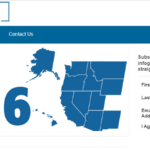

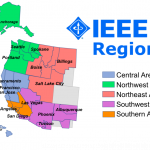
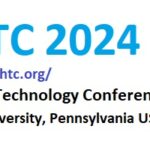

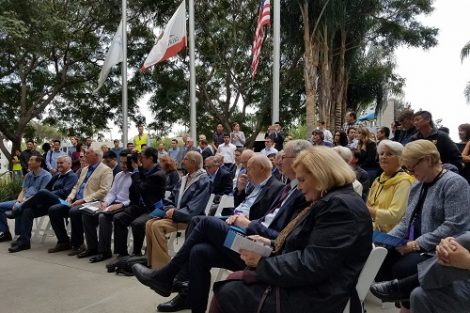
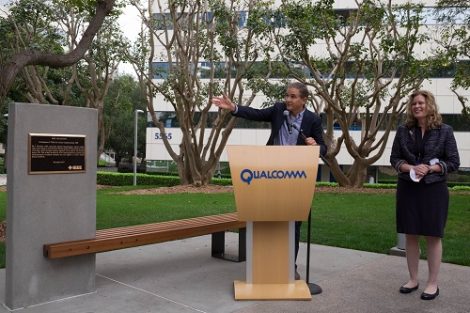
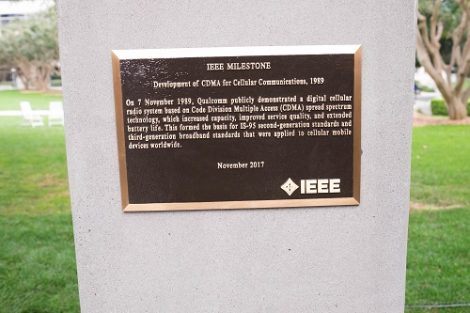


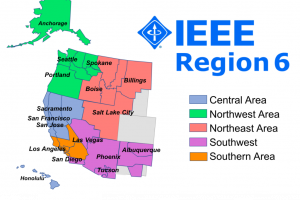
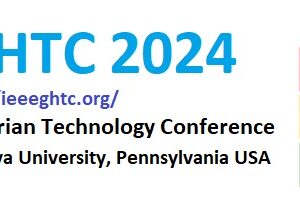

Add Comment